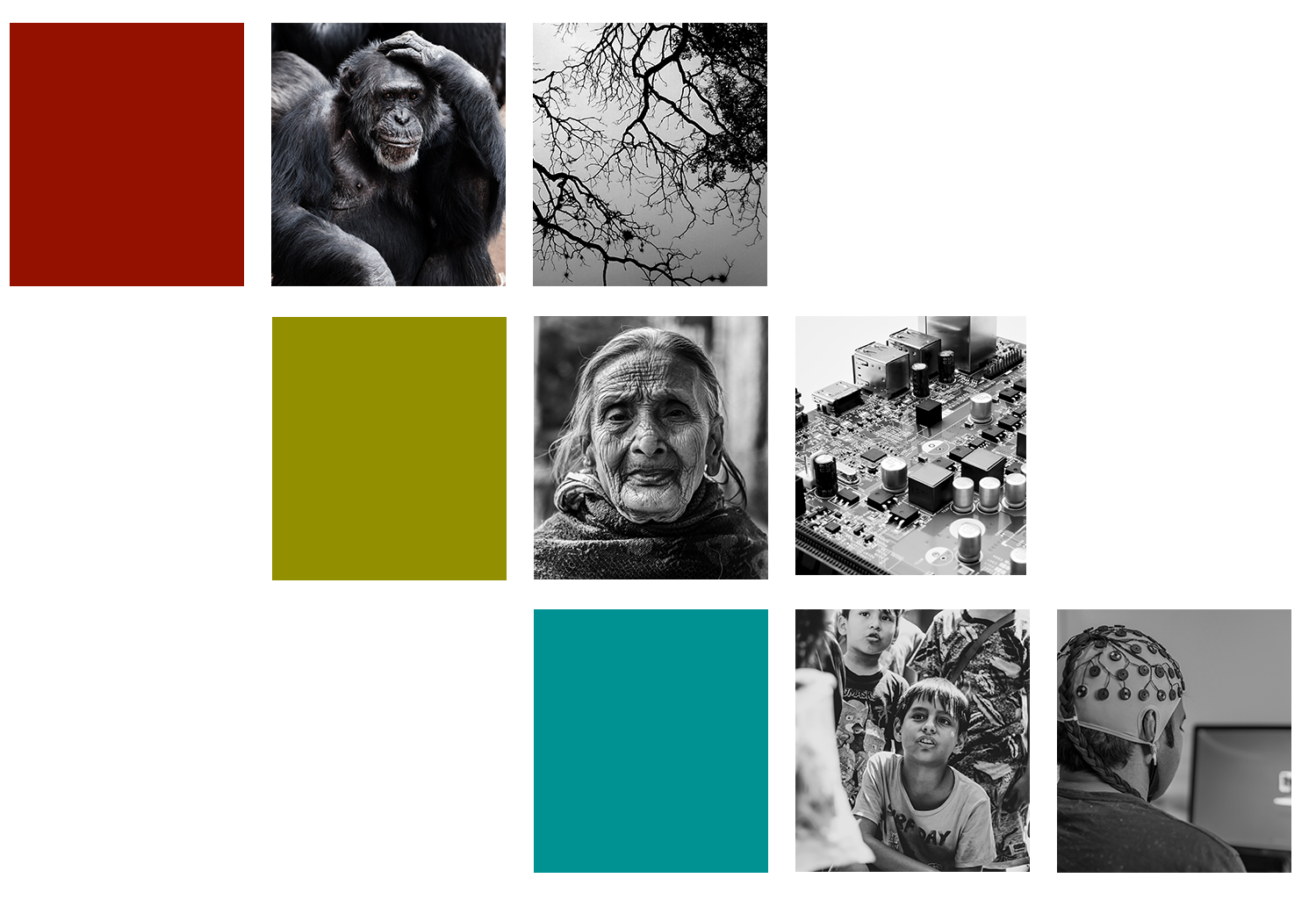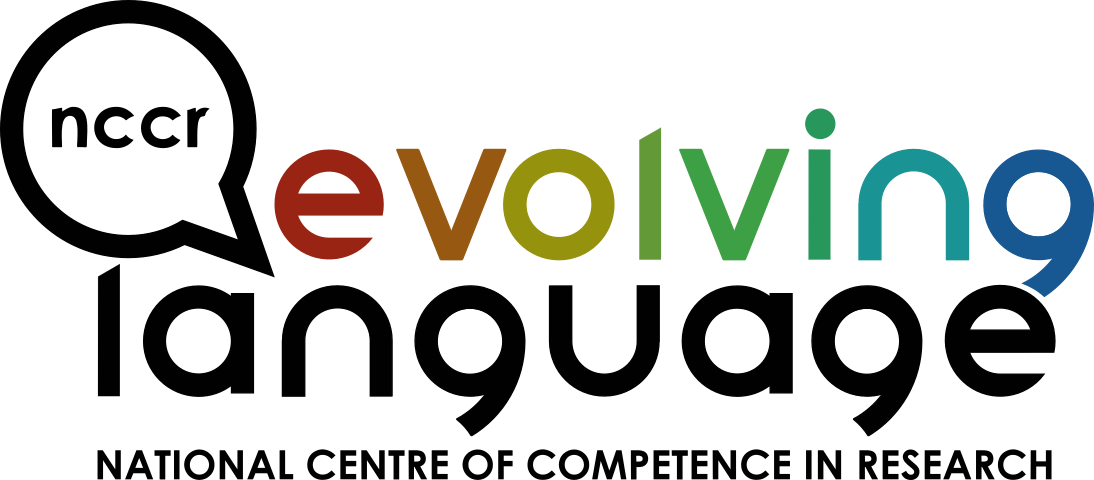About the NCCR Evolving Language The first National Centre of Competence in Research dedicated to language

Exploring the past, present and future of language
Why is it essential?
Language as a defining human characteristic
-
Language is central for communication: even if much information can be exchanged through olfactory, tactile or visual modalities, this pales compared to the quantity and accuracy of information we communicate through language – be it through speech, through sign language, or writing.
-
Language is central for thinking: it helps us structure our thoughts, make explicit loose associations, and draw well-articulated conclusions. But language also shapes the way we understand and perceive the world, what we can expect from it and how we remember it.
-
And finally, language is central for social life: the constant diversification of languages demarcates populations and ethnic and social groups, creating a sense of belonging and regulating access to special knowledge.
In all three functions, language is undergoing radical changes
-
Digital media and constant access to online information are changing the way we communicate. Instead of the “I” and “You”, communication is increasingly driven by amorphous sources and recipients, as when we interact with: protest movements without individual voices, or with AI systems that have become an integral part of everyday life, from Siri and Alexa all the way to online shopping experiences.
-
Advances in neurotechnology increasingly allow direct interventions in the way language is processed, conceived, and planned. Electrocorticograms can already be used to reveal what a speaker intends to say, before actually speaking or writing. While this opens up long-awaited opportunities for neuroprosthetics for speech disorders (e.g. after a stroke), it threatens our fundamental rights to private thoughts. These are potentially dangerous developments that raise fundamental ethical questions.
-
Globalisation is changing the ongoing diversification of languages. Traditionally, diversification has been shaped by local natural resources and associated constraints on group sizes, but now these processes are subject to powerful global mechanisms that are rapidly destroying the diversity of the world’s 7000 languages. Local knowledge is lost, such as knowledge of sustainable use of local resources, and millions of people are deprived of their traditional identities, often accompanied by fierce political conflicts.
Future steps with unknown consequences
These changes pose gigantic new challenges, comparable to the consequences of the greatest steps in our evolution, such as bipedal walking or the invention of agriculture. But what does the current evolution mean in concrete terms? What does it mean to turn away from the familiar “I and you” in communication, from the privacy of inner thoughts, from natural diversification processes? Where are we going? Where do we want to go??
Like with any other key property of a species, the key to answering these questions lies in unraveling its evolution: its phylogeny among other animals, and its ontogeny in the brain and in behavior. Concretely, where does our language faculty come from, our ability to to communicate between “I” and “you”, to imagined and processed language in the brain, to pass it on from generation to generation with ongoing diversification?
Division of university faculties has hampered progress
There have been few responses so far; and the few attempts that have been made are highly speculative and hardly testable. In fact, the evolution of language is still ill- not understood – some authors even speak of a “mystery”. This is mainly due to the fact that, until recently, research on language was almost exclusively done in the humanities, whereas research on evolution and the brain was chiefly pursued in the natural sciences. In fact, the division of the two fields at universities over 100 years ago has launched a growing chasm between the world of “humanities and language studies” and the world of “natural sciences and mathematics”, with ramifications down to primary school curricula. In the humanities, human language was increasingly studied as a purely intellectual and cultural phenomenon, almost always in the form of a single language or individual texts. This has left little scope for biological research in the field of communication and cognition, let alone in comparison with other species. Yet systematic comparison between humans and animals is obviously the key to unraveling the evolution of language.
A transdisciplinary approach opens up new perspectives
The NCCR Evolving Language tears down these barriers. The project is based on a radically transdisciplinary research programme on an unprecedented scale, united by an unreserved commitment to modern standards of scientific replicability, transparency, and data science. The NCCR brings together 30 groups from a wide range of disciplines, spread throughout Switzerland: linguistics, psychology, neuroscience, biology, anthropology, medicine, genetics, computer science, geography, mathematics, and philosophy.
Together, we explore and compare the communication and cognition of humans and animals, especially our closest relatives, the great apes. We examine the neural and computational processes involved in speech processing and planning, as well as the opportunities and risks of applied neurotechnology. We investigate how children learn their language in very different traditional cultural environments, from the Amazon to the Himalayas. We explore diversification processes and variation in language, or the influence of machines on our communication and thinking. Transversal task forces provide methodological, technological, philosophical-conceptual, and ethical expertise.
